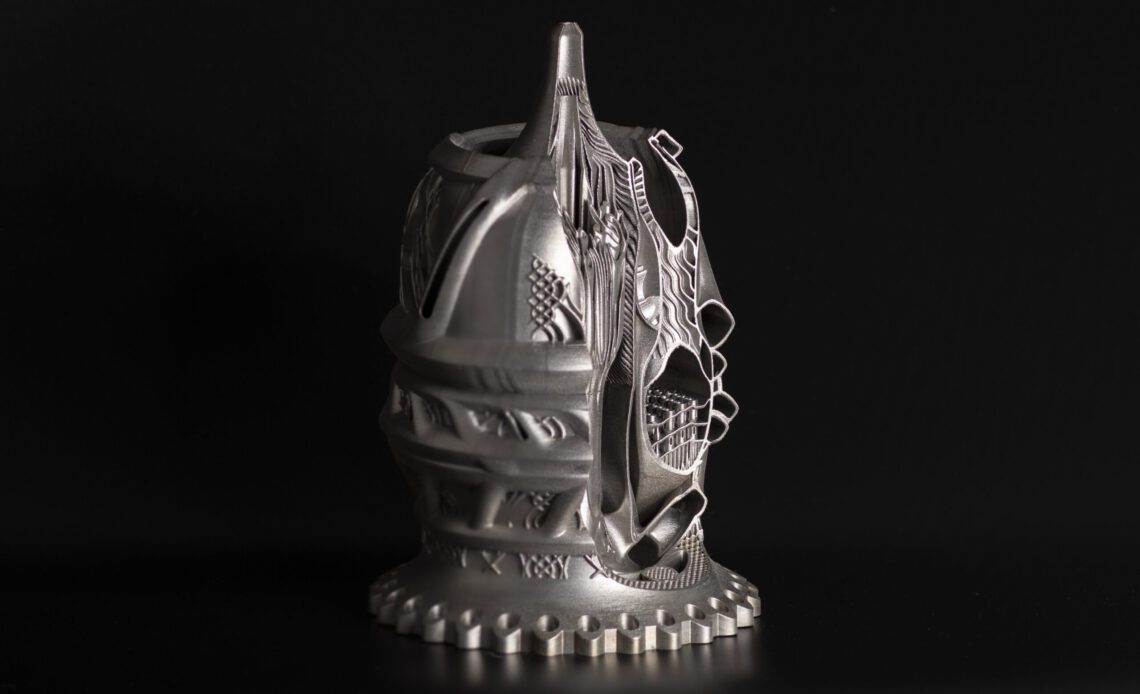Additive manufacturing (AM) is joining materials to make objects from 3D model data, usually layer upon layer, instead of subtractive manufacturing. It gives engineers far more freedom to produce components with complex shapes, more than what is possible using subtractive methods. Its attributes give it the potential to impact more significantly on technology, manufacturing, and retail for the industry than almost any other technology to date.
Motorsport is a constant improvement exercise within rapid timeframes, and this advanced disruptive manufacturing technology is crucial in implementing new improvements. ‘With AM, freedoms are simply realized in hitherto un-manufacturable geometries,’ highlights Michael Fuller, CEO and Founder of Conflux, a company specializing in AM heat exchangers. ‘The sweet spot for AM lies where designers want to create a component with only the required structures for its application, optimizing its size and weight. For example, designing hollow tubes and I-beams inside constructions can help create a stiff internal structure with minimal weight.’
The application’s load case determines where material needs to be present. Often the centre of a structure doesn’t require any material, as the outside of the part carries the stress. ‘The part’s application dictates the technology, material, and any post-processing requirements to ensure it is fit for purpose,’ says Samuel Persaud, Head of Projects at Graphite AM. Fuller adds, ‘Design for AM allows far greater freedom than traditional manufacturing. Limitations of imagination and creativity are common and, as with any industrialized manufacturing technology, training in design for AM is a critical factor for the successful rollout of the technology.’
Subtractive manufacturing and surface finishing can produce tolerances of as little as 0.2 microns and a Ra 0.2, respectively. This level of refinement is only possible with AM with severe post-processing of the part. Even then, it’s unlikely to be that precise. ‘AM surface finish typically falls within +/- .125mm in the x, y or z direction,’ notes Michael Littrell, CEO of CIDEAS. ‘It’s not uncommon to build a part, measure it and scale areas of the part file to dial in tighter tolerances against the AM part.’
Kevin Lambourne, Managing Director of Graphite AM, says, ‘The tolerance and accuracy is technology and material specific. Ultra-high-resolution AM machines can build to tolerances of 25…
Click Here to Read the Full Original Article at Racecar Engineering…

